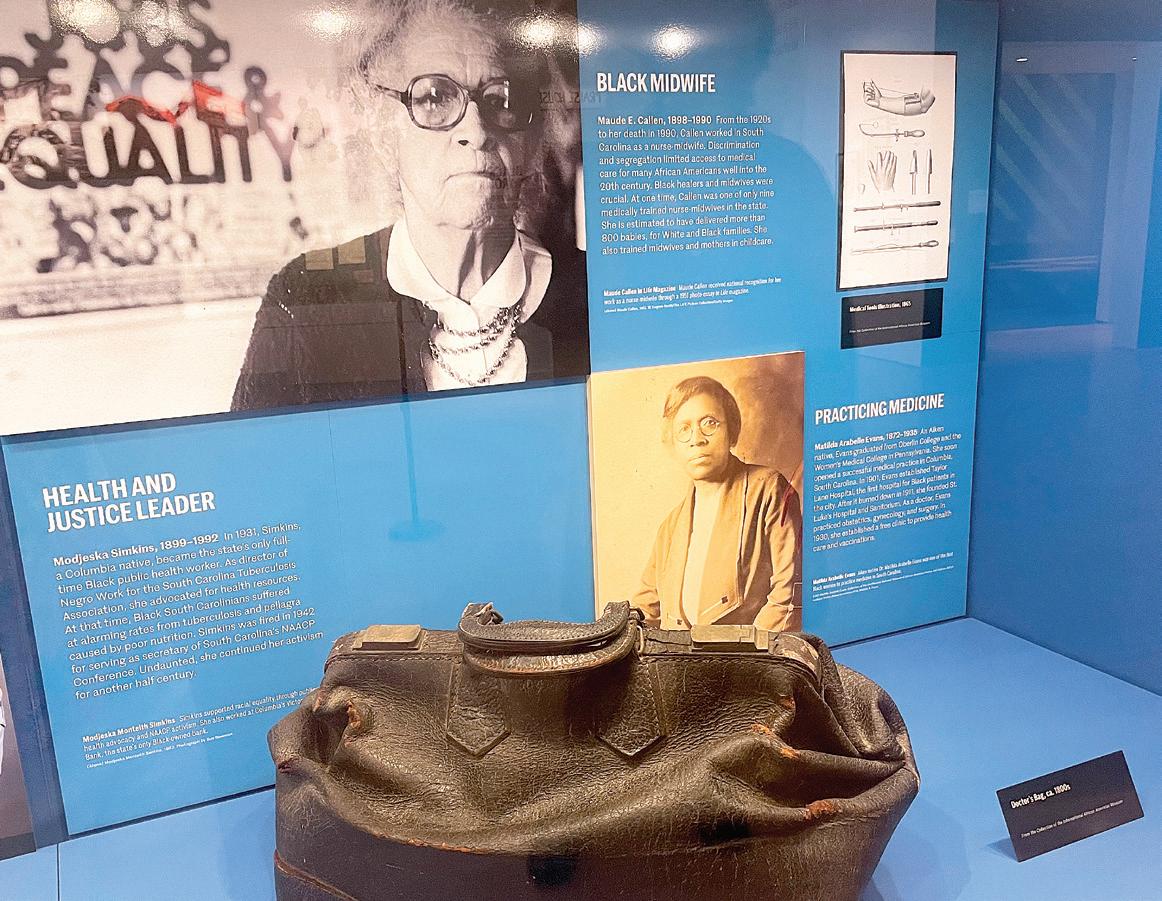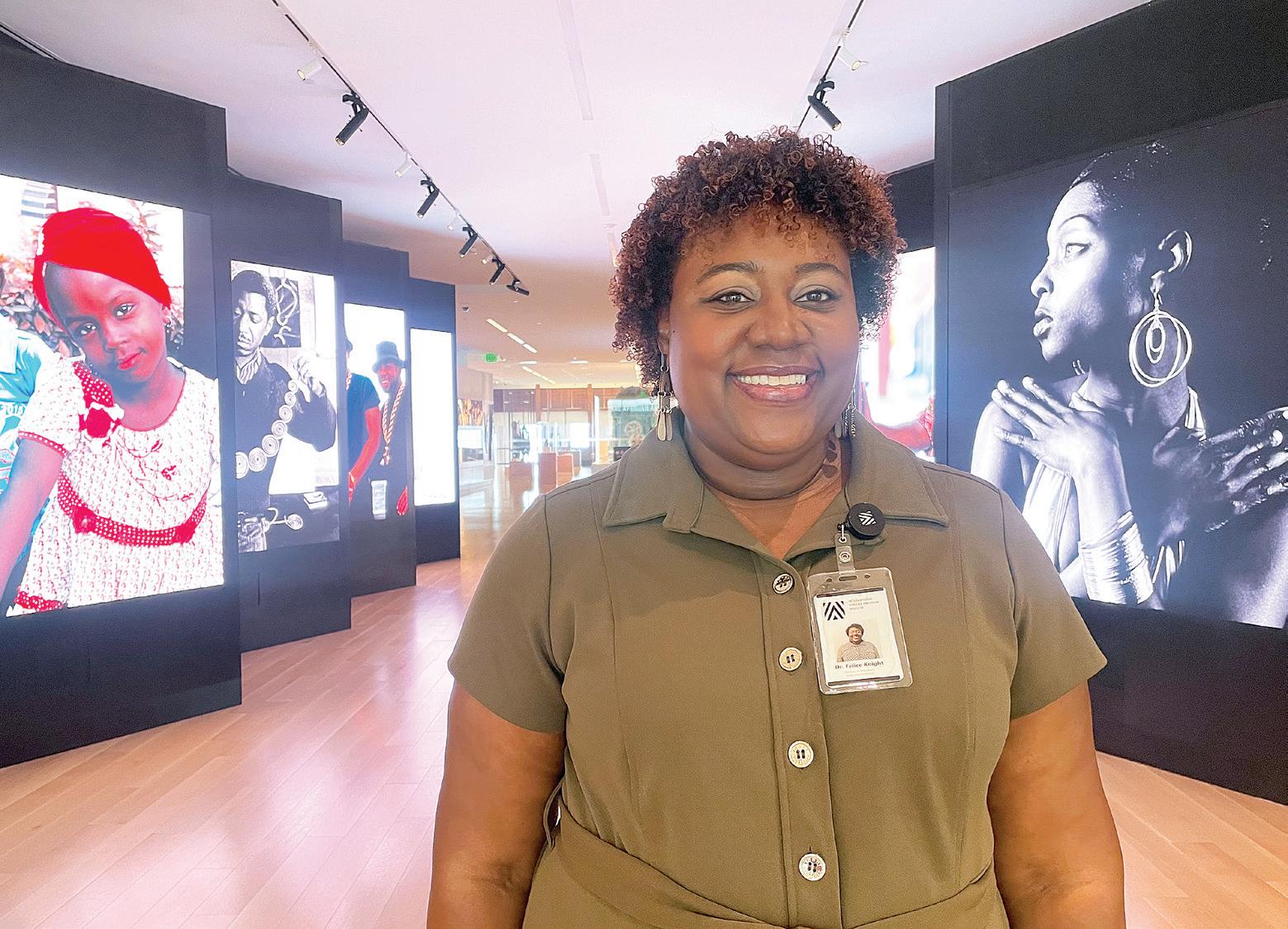
1 minute read
New Charleston museum nods to historical roots of U.S. health disparities

between past and present,” said Felice Knight, director of education at the new museum, which was more than 20 years in the making.
The galleries span centuries of trauma and triumph. But what sets this museum apart from other sites dedicated to Black history is its location. It is built on Gadsden’s Wharf — where tens of thousands of enslaved Africans first stepped foot in America after their capture and two-month transport across the Atlantic Ocean.
“That fact alone makes it probably the most significant landing spot for Africans in North America,” said Nic Butler, a historian for the Charleston County Public Library.
During the two years leading up to 1808, when the importation of enslaved people from foreign countries to the United States became a federal crime, it’s likely more Africans were sold into slavery at Gadsden’s Wharf than at any other site in America, Butler said. Other states had already made the importation of slaves from Africa illegal; South Carolina was the last holdout.
disparities. “The medical system was just stacked against us. It’s just heartbreaking.”
It’s common for historians who study health disparities to link current health outcomes to the past, said Kevin McQueeney, an assistant professor of history at Nicholls State University in Louisiana and author of “A City Without Care: 300 Years of Racism, Health Disparities, and Health Care Activism in New Orleans.”
McQueeney cited research in his book estimating huge numbers of Africans captured in their homeland died from disease or trauma before ever boarding a slave ship. Up to 20% of those being transported died during the Middle Passage, he said. Then, thousands more men, women, and children who’d survived up to the point of being sold would die within the first 18 months of arriving in America. Those who didn’t die would likely suffer from a variety of health ailments related to respiratory illness, malnutrition, and physical injury for the rest of their lives, he said.
By Lauren Sausser | KFF Health News
Maude Callen, a Black nurse-midwife, delivered more than 800 infants across the South Carolina Lowcountry starting in the 1920s, when segregation made it difficult for Black people to get medical care.
Although Callen isn’t commonly considered a household name, visitors passing through the new $120 million International African American Museum that opened in










